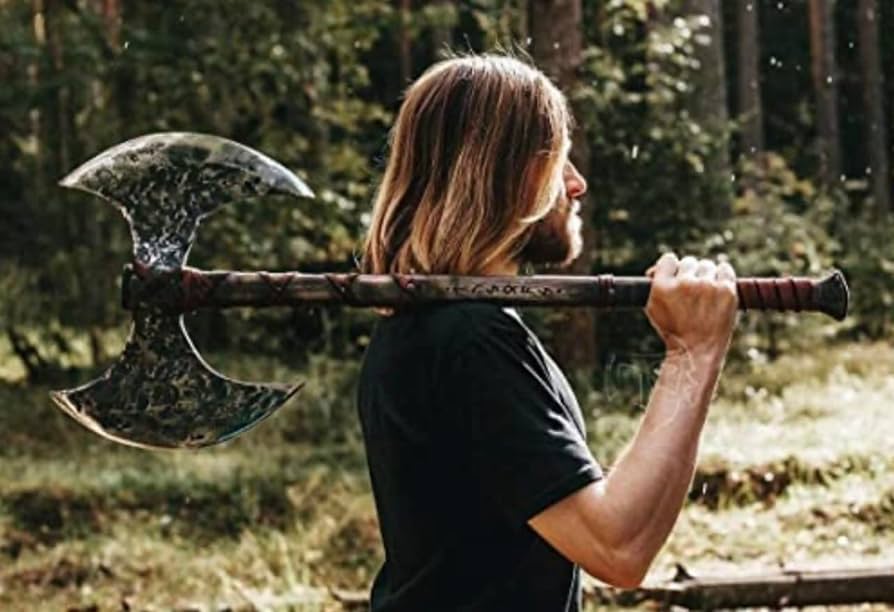Vikings, the seafaring Norse people of Scandinavia, have long captivated the imagination of historians, archaeologists, and enthusiasts alike. From their legendary expeditions to their unique cultural artifacts, every aspect of Viking civilization carries an aura of mystique and fascination. Among the most iconic symbols of Viking culture are their axes. These formidable weapons served not only as tools of war but also held profound cultural significance, reflecting the values, beliefs, and identity of the Viking people. In this article, we delve deep into the world of Viking axes, exploring their historical context, craftsmanship, symbolism, and enduring legacy.Historical Context:To understand the significance of Viking axes, it’s essential to delve into the historical context of the Viking Age, which spanned roughly from the late 8th to the 11th century. During this time, Norse seafarers embarked on ambitious voyages of exploration, raiding, and conquest across Europe and beyond. Axes were integral to the Viking way of life, serving as versatile tools for everyday tasks such as farming, woodworking, and shipbuilding, as well as formidable weapons in battle. The rugged terrain of Scandinavia and the need for self-reliance fostered a culture of craftsmanship, leading to the development of finely crafted axes tailored to various purposes.Craftsmanship:Viking axes were meticulously crafted by skilled artisans using techniques passed down through generations. These axes were typically made from iron or steel, with wooden handles crafted from materials such as ash or oak. The design of Viking axes varied depending on their intended use, with different types serving distinct purposes. Broad-bladed axes, known as “Dane axes” or “battle axes,” were favored by Viking warriors for their ability to deliver devastating blows in combat. Meanwhile, smaller axes, such as the “bearded axe” or “boarding axe,” were prized for their versatility and could be wielded with precision in both battle and everyday tasks.Symbolism:Beyond their practical utility, Viking axes held deep symbolic significance within Norse culture. In Norse mythology, axes were associated with gods such as Thor, the thunder god, and Odin, the Allfather. Thor’s mighty hammer, Mjölnir, often depicted with an axe-like shape, symbolized protection and strength, while Odin, the god of war and wisdom, was frequently depicted wielding a spear or axe in battle. The axe also held cultural significance as a symbol of masculinity, courage, and honor among Viking warriors. Possessing a finely crafted axe was not only a mark of status but also a testament to one’s prowess in battle and craftsmanship.Enduring Legacy:Despite the passage of centuries, the legacy of Viking axes continues to endure in modern times. Archaeological excavations have unearthed numerous examples of Viking axes, providing valuable insights into their design, craftsmanship, and cultural significance. Museums around the world display these artifacts, allowing enthusiasts to marvel at the skill and artistry of Viking artisans. Moreover, the imagery of Viking axes has permeated popular culture, appearing in literature, film, and television as symbols of strength, resilience, and adventure. Today, enthusiasts and reenactors seek to recreate the craftsmanship and martial prowess of the Vikings through the crafting and use of replica axes, keeping the spirit of the Norse warriors alive.Conclusion:In conclusion, Viking axe for sale stand as enduring symbols of a bygone era, embodying the martial prowess, craftsmanship, and cultural identity of the Viking people. From their humble beginnings as tools of survival and warfare to their status as iconic symbols of Norse mythology and culture, Viking axes continue to captivate the imagination of people around the world. By unraveling the mystique surrounding these remarkable artifacts, we gain a deeper appreciation for the rich tapestry of history and heritage woven by the Vikings.

